chinquapin oak (Quercus muehlenbergii)
Fagaceae, the beech family
How to recognize chinquapin oak. Like all oaks, the leaves are alternately arranged, and often clustered toward the branch tips. The leaves are simple and lobed, but with lobes so shallow that they could be misinterpreted as being extra-large teeth. The lobe tips are acute (but not bristle-tipped as it is a member of the white oak group), a feature of importance when considering this tree in comparison with the very similar chestnut oak (Quercus montana), which has round lobes.
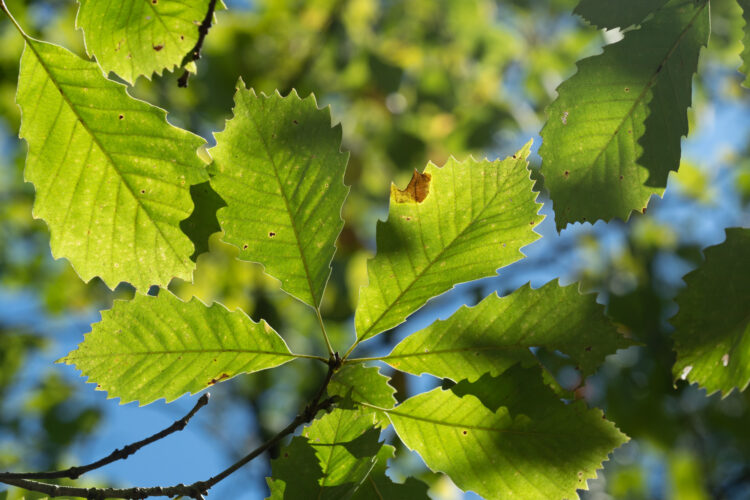
Chinquapin oak has blunt, very shallow lobes.
Members of the white oak group produce flowers that develop into acorns that mature that same autumn.
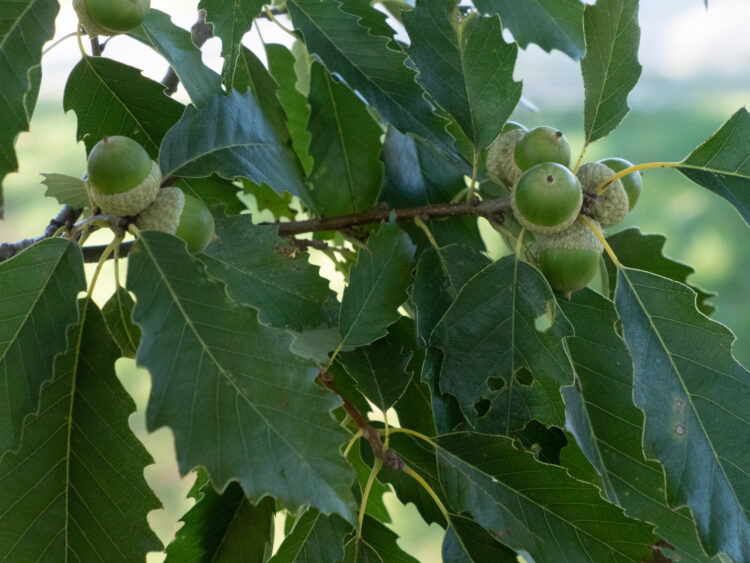
Chinquapin oak acorns take one season to develop.
The bark is light gray like that of white oak (in contrast to that of chestnut oak, which is dark and, eventually, deeply furrowed).
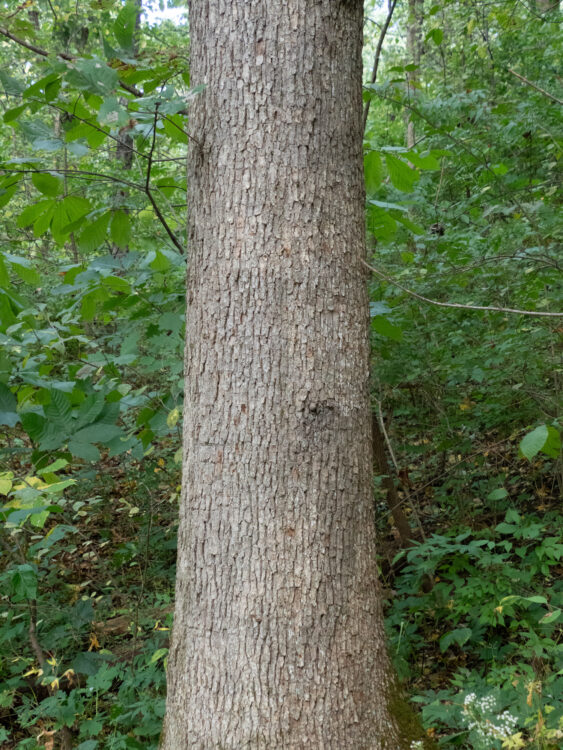
Chinquapin oak bark is light gray.
In the winter. A member of the white oak group, chinquapin oak buds are blunt.
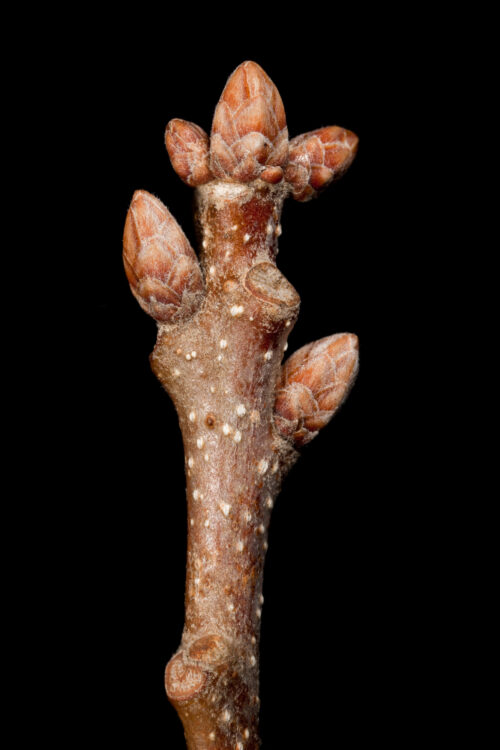
chinquapin oak twig
Where to find chinquapin oak. E. Lucy Braun, in The Woody Plants of Ohio (1961, 1989; The Ohio State University Press) tells us that this is “A wide-ranging species, extending from the Piedmont and Hudson Valley westward to Kansas, Oklahoma, and Texas, and very locally to New Mexico. Most frequenty on calcareous soils, and often in dry rocky situations. Widely distributed in Ohio, but most common on the limestone soils of southwestern Ohio, a fact which the distribution map does not show”.
Scanned Image from an Old Book
(Flora of West Virginia, by P.D. Strausbaugh and Earl L. Core)
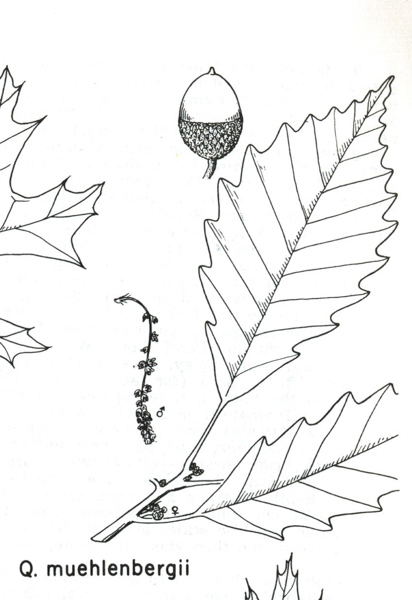
chinquapin oak
Ooh ooh. I have a question!
Is there any way to tell if an oak is in the white oak group or the red oak group just from the twigs?
I don’t know. Why don’t you ask someone else?
All right, I will…sorry to bother you. Hey you, over there, do you know?
Who, me? Oh, OK, yes there is a way. White oaks have blunt buds, while reds have pointed ones.
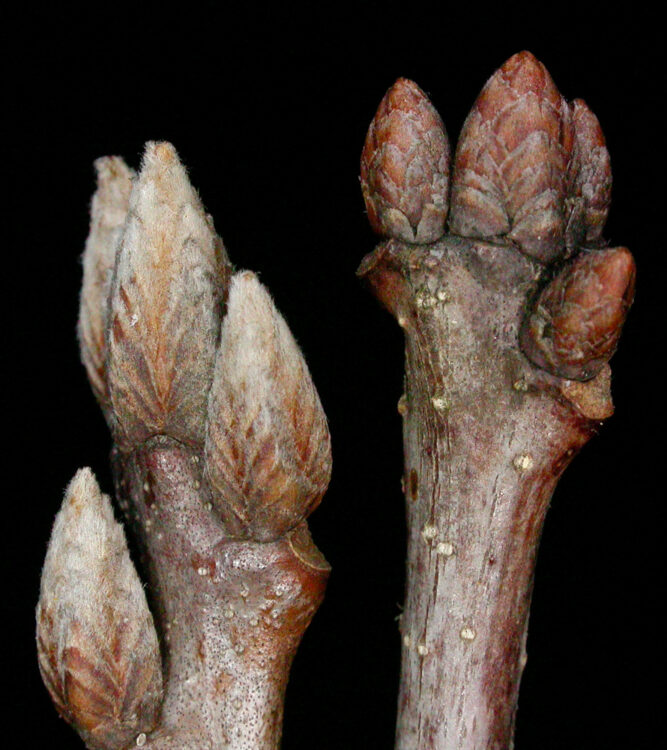
Left: black oak. Right: white oak.
